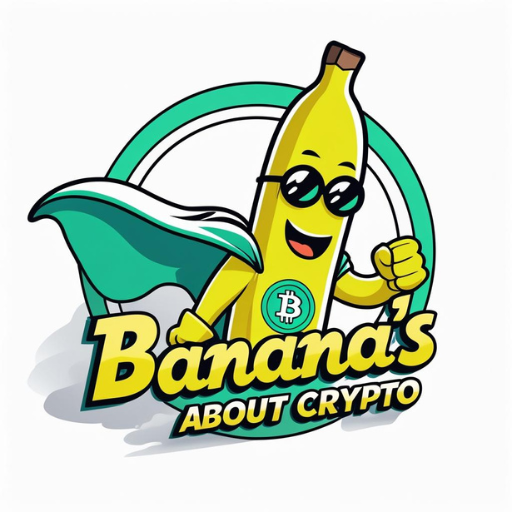Crypto Explained the Simple Way
No jargon. No confusion. Just the basics you need to know about cryptocurrency and how it fits into today’s world.
What Exactly Is Cryptocurrency?
At its core, cryptocurrency (often shortened to “crypto”) is digital money. Unlike the pounds or dollars in your bank account, crypto doesn’t exist as coins or notes — it only lives online.
- It’s decentralised – no single bank, government, or company controls it.
- It runs on blockchain technology – a secure, public digital ledger that records every transaction.
- It’s borderless – you can send crypto to anyone in the world instantly.

How Does Crypto Work?
Crypto uses a peer-to-peer system, meaning people can send money directly to each other without needing a middleman like a bank.
- The details are broadcast to the blockchain network.
- Computers (“miners” or “validators”) confirm it’s valid.
- The transaction is added to the blockchain, creating a permanent record.
Think of the blockchain like a shared Google Sheet that everyone can see but no one can secretly edit.

Popular Cryptocurrencies
- Bitcoin (BTC): The first and most famous. Often called “digital gold.”
- Ethereum (ETH): Known for “smart contracts,” which let apps run on the blockchain.
- Tether (USDT): A “stablecoin” designed to match the value of the US dollar.
- Solana (SOL): Popular for speed and lower transaction costs.
- Dogecoin (DOGE): Started as a joke but gained popularity thanks to Elon Musk and online communities.
Why Do People Use Crypto?
- Investment: Many buy Bitcoin or Ethereum hoping the value will rise.
- Payments: Some online shops and even big companies accept crypto.
- Remittances: It’s cheaper and faster to send money abroad compared to banks.
- Innovation: Developers build new apps (DeFi, NFTs, games) using crypto.
- Privacy & control: Some like being in charge of their own money without banks involved.
The Pros and Cons of Crypto
✅ Pros
- Fast global payments
- Lower fees (in some cases)
- Open to anyone with internet
- Innovative new tech and apps
❌ Cons
- Prices can swing wildly (volatility)
- Scams and hacks do exist
- Transactions are irreversible
- Not widely accepted everywhere yet
How Do You Get Started with Crypto?
If you’re curious about trying crypto, here’s a beginner-friendly roadmap:
- Learn the basics (like you’re doing right now).
- Choose a wallet – this is where you keep your crypto.
- Hot wallets (apps on your phone or computer).
- Cold wallets (offline hardware devices for maximum security).
- Pick an exchange – websites or apps where you buy crypto with normal money (e.g., Coinbase, Binance, Kraken).
- Start small – only invest what you can afford to lose.
- Stay safe – never share your wallet “private key” or recovery phrase.
Is Crypto Safe?
This is one of the biggest questions beginners have. The answer is: it depends on how careful you are.
- The blockchain itself is very secure — it’s almost impossible to hack.
- The weak spots are usually exchanges, wallets, or scams.
- Following basic safety rules (like using two-factor authentication and keeping recovery phrases offline) makes a big difference.
Common Crypto Myths (Busted)
- “Crypto is only for criminals.” – Most use is perfectly legal and transparent.
- “You need to be a tech expert.” – Not true! Apps today are as easy as online banking.
- “It’s too late to get involved.” – The technology is still new and growing every year.
- “All cryptos are the same.” – Each has its own purpose, community, and technology.
The Future of Crypto
No one can predict exactly where crypto will go, but signs show it’s becoming more mainstream:
- Major companies like PayPal, Visa, and Starbucks are testing crypto payments.
- Governments are exploring CBDCs (Central Bank Digital Currencies).
- Blockchain tech is moving beyond money — into gaming, art, supply chains, and even healthcare.
Final Thoughts
Crypto might sound complicated, but at its heart, it’s simply digital money powered by technology that puts people in control.
If you’re new:
- Start small.
- Focus on learning before investing.
- Keep things safe and simple.
Remember: you don’t have to become an expert overnight — just take it one step at a time.


